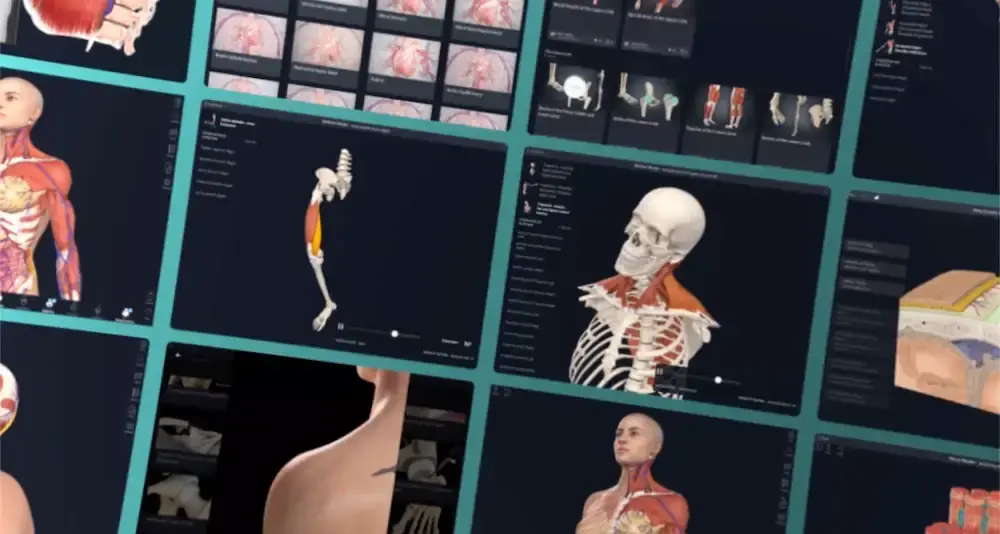
Morphology/Structure
The right fibrous ring consists of dense connective tissue which surrounds the right atrioventricular orifice and forms part of the right atrioventricular valve. Using the term anulus is somewhat problematic as they're not annular in shape and are often discontinuous.
Key Features/Anatomical Relations
The right fibrous ring provides the attachment point for the three semilunar valve leaflets that sit at the junction between the ventricle and the aorta. The right fibrous ring is connected the atrioventricular valves by the right fibrous trigone and to the left atrioventricular valve by the left fibrous trigone.
Function
The right fibrous ring provides structural support and thus competency to the right atrioventricular valve and prevents over distension of the valve. It also provides a direct attachment for cardiac muscle. The collagen of the fibrous ring helps to separate electrical activities between the chambers by insulating the propagation of electrical impulses during a heartbeat.
List of Clinical Correlates
- Tricuspid regurgitation
Learn more about this topic from other Elsevier products
Fibrous Cap

The fibrous plaque is a dense fibrous cap at the inner surface of the atherosclerotic lesion that contains a connective tissue matrix rich in collagen that surrounds smooth muscle cells and macrophages on the side of the vessel wall, and is covered by endothelial cells on the side of the lumen.



